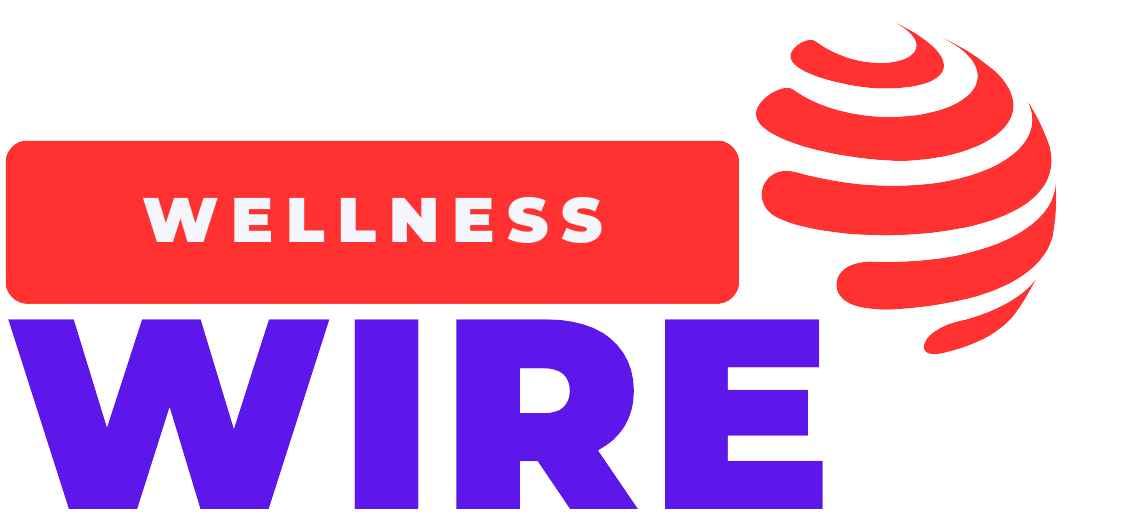Budget-Friendly Superfoods: How to Eat Clean Without Breaking the Bank
Discover how to eat clean on a budget with affordable superfoods that boost your health without emptying your wallet. Real strategies, smart shopping tips, and expert-backed advice.

Clean eating often comes with the misconception that it’s only for the wealthy, with expensive smoothies, exotic supplements, and organic-only grocery lists. But here’s the truth: you can eat clean without going broke—if you know what to look for.
In this article, we’ll dive into nutrient-rich, low-cost superfoods, share budget-smart grocery tips, and debunk the myth that healthy living has to cost a fortune. Whether you're a student, a working professional, or managing a family, these insights will help you eat well while keeping your wallet happy.
What Does “Eating Clean” Really Mean?
Clean eating is about choosing whole, minimally processed foods. Think fruits, vegetables, lean proteins, whole grains, and healthy fats—foods your body recognizes and can use effectively.
Contrary to trendy labels, you don’t need to go fully organic or shop exclusively at health stores to eat clean. In fact, some of the most powerful superfoods are hiding in plain sight at your local market.
10 Budget-Friendly Superfoods That Pack a Punch
1. Oats
Rich in fiber, oats are a staple for heart health and satiety. Buy them in bulk for added savings.
Tip: Choose plain rolled or steel-cut oats over instant packets.
? Cleveland Clinic on the Health Benefits of Oats
2. Eggs
Eggs are a complete protein, rich in B vitamins and healthy fats.
Boiled, scrambled, or added to meals—they’re endlessly versatile.
? Harvard T.H. Chan School of Public Health – Egg Nutrition Facts
3. Lentils
Affordable, shelf-stable, and packed with protein and fiber, lentils are a go-to meat substitute.
They’re also perfect for stews, salads, and curries.
? Healthline’s Guide to Lentils
4. Frozen Berries
Frozen fruits retain most of their nutrients and cost a fraction of fresh ones.
Use them in smoothies, oatmeal, or yogurt bowls.
? Mayo Clinic on Frozen vs. Fresh Produce
5. Bananas
One of the cheapest fruits available, bananas are high in potassium and natural energy.
They’re perfect as a snack, smoothie base, or natural sweetener.
6. Canned Sardines
Often overlooked, sardines are rich in omega-3s, calcium, and vitamin D.
Opt for those packed in olive oil or water.
? National Institutes of Health – Omega-3s and Heart Health
7. Sweet Potatoes
Packed with vitamin A, fiber, and antioxidants, sweet potatoes are incredibly filling and affordable.
Bake them whole or slice into healthy fries.
8. Brown Rice
A cost-effective whole grain with fiber, B vitamins, and antioxidants.
Cook in batches and use throughout the week.
9. Carrots
Inexpensive and rich in beta-carotene, carrots are a crunchy snack or perfect soup ingredient.
10. Cabbage
Cabbage is high in fiber and vitamins C and K—and it’s cheap.
It lasts long in the fridge, making it a reliable veggie staple.
Smart Strategies to Eat Clean on a Budget
1. Buy in Bulk
Staples like grains, beans, and nuts are cheaper when purchased in larger quantities.
Use airtight containers to preserve freshness.
2. Meal Prep and Batch Cook
Planning your meals avoids waste and saves time.
Prepping in advance also reduces impulse purchases or unhealthy takeout splurges.
3. Shop Seasonal and Local
Seasonal produce is often fresher and cheaper.
Explore farmer’s markets or community-supported agriculture (CSA) boxes for better deals.
? LocalHarvest – Find Local CSA Farms Near You
4. Don’t Fear Frozen or Canned
Frozen fruits and vegetables are picked at peak ripeness.
Just check labels and avoid added sugar or sodium in canned goods.
5. Use Store Brands
Generic or store-label products often match the quality of brand names at lower prices.
Clean Eating Myths That Need Busting
Myth 1: “Organic is Always Better”
Organic doesn’t always mean healthier or more nutritious. Many conventionally grown fruits and veggies are safe and affordable.
? FDA – Understanding Organic Labels
Myth 2: “Superfoods Must Be Exotic”
Goji berries and quinoa are great—but so are oats, cabbage, and lentils.
Look local first before heading to specialty stores.
Real-Life Example: Clean Eating for Under ₹150/Day
Here’s a sample one-day meal plan using affordable ingredients:
-
Breakfast: Oats with banana and cinnamon
-
Lunch: Brown rice, sautéed cabbage, boiled egg
-
Snack: Carrot sticks and hummus
-
Dinner: Lentil soup with sweet potato mash
It’s nutrient-rich, filling, and budget-approved.
Final Thoughts: Eating Clean Is a Mindset, Not a Price Tag
Clean eating doesn’t require a premium budget—it requires planning, awareness, and a willingness to shop smart. By focusing on nutrient-dense, budget-friendly superfoods, you can fuel your body, stay healthy, and still save for what matters most.
Let food be your fuel, not a financial stressor.
For more practical wellness tips, recipes, and clean eating guides, visit our official website: https://www.wellnesswire.in
What's Your Reaction?
 Like
0
Like
0
 Dislike
0
Dislike
0
 Love
0
Love
0
 Funny
0
Funny
0
 Angry
0
Angry
0
 Sad
0
Sad
0
 Wow
0
Wow
0



















































